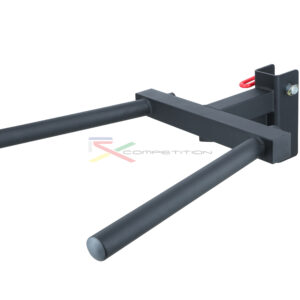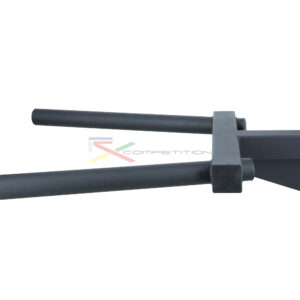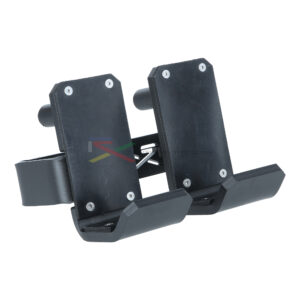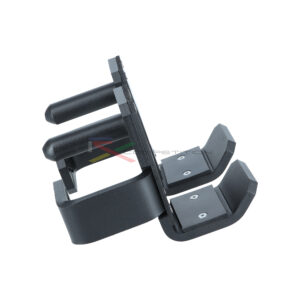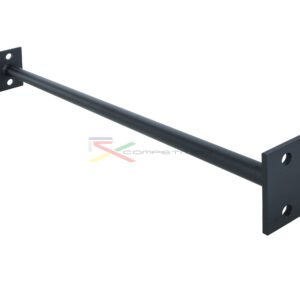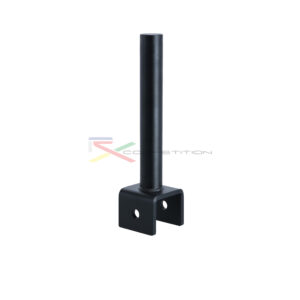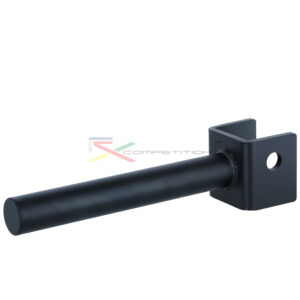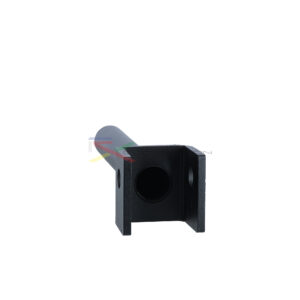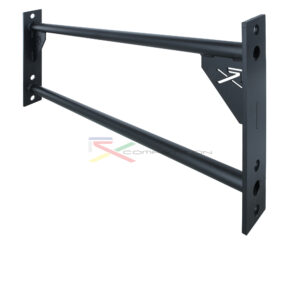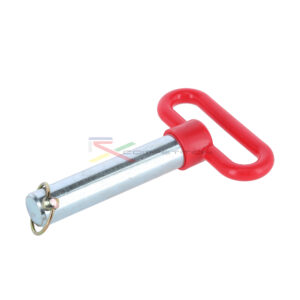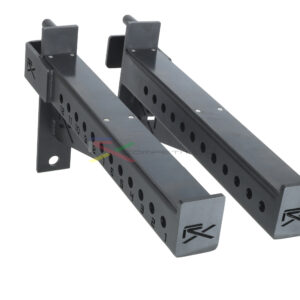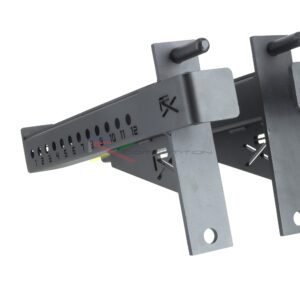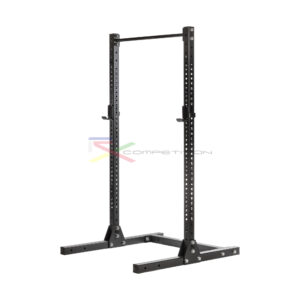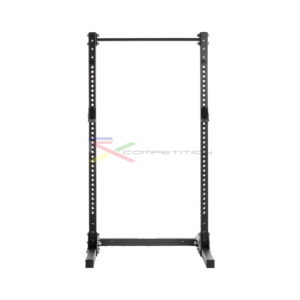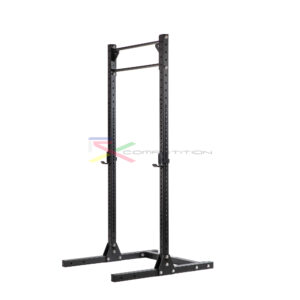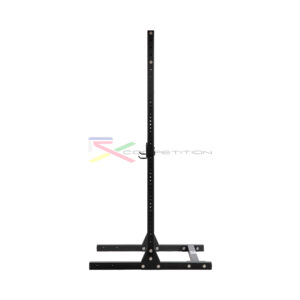SQUAT STANDS
Home » RIGS & RACKS » ELITE » SQUAT STANDS
SQUAT STANDS
Squat Stands, unlike Power Racks, are structures supported by two uprights. These structures also offer safety and comfort in executing movements, although to a more limited extent. The squat movement is the most common performed exercise in this structure.
The Squat Stand design does not allow the use of as many accessories as Power Racks, but they are a great cost and space-saving alternative.
The following criteria, like Power Racks, should be considered when choosing this type of structure:
- Steel material: It is important that the steel used is high-quality carbon steel (or stainless steel for outdoor use) sourced from certified foundries. This guarantees a homogeneous and solid structure without breakage or cracking risk.
- Height: Squat Stands should offer a minimum height of 1.80 meters to allow for efficient execution of movements.
- Upright dimensions: High-quality Squat Stands that provide reliable performance should be composed of at least 60 x 60 mm square rolled tubing with a minimum 2 mm thickness to ensure solidity, safe and stability in the whole frame.
- Upright numbering: It is crucial that both upright columns have numbered holes to allow for quick support adjustments when practicing different training exercises. High-end Squat Stands have a 50 mm hole spacing, and each hole is individually numbered. In these cases, both the holes and numbers are laser-cut.
- Screws: The material and metric size of the screws also play a role in determining the quality and rigidity of the frame. The bigger the metric size of the screws, the more solid and safety the whole structure will be.
Our Elite category structures are manufactured using square structural 80 x 80 x 4 mm S235 steel grade profiles with 10 mm thickness assembling sheet bases. All these frames are assembled throw DIN-931 AISI-304 stainless steel M-20 sized bolts with DIN-985 nylon lock AISI-304 stainless steel M-20 sized nuts.
Currently, no other manufacturer offers this quality level in their frames.

